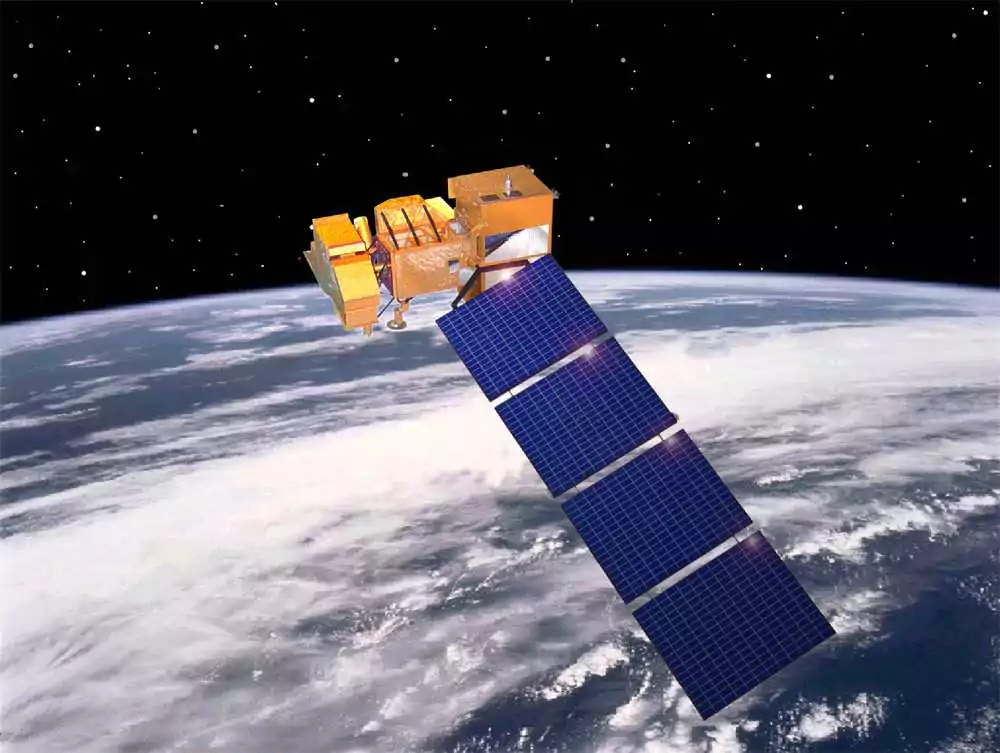
KBR played a pivotal role in the successful launch, operation, and final decommissioning of the Landsat 7 satellite, which was officially retired by the U.S. Geological Survey (USGS) on June 4, 2025, after more than 25 years of service in orbit.
Launched in 1999, Landsat 7 significantly advanced Earth observation, delivering high-resolution images that have supported climate research, urban planning, disaster response, and environmental conservation across the globe.
As the prime contractor for the Landsat 7 Flight Operations Team task order, KBR supported the mission throughout its full life cycle—from the initial launch to the satellite’s final command. The team provided comprehensive support services including flight operations, systems engineering, calibration and validation, and science data management. This effort was carried out in close coordination with the USGS, NASA, and Embedded Flight Systems, Inc., ensuring the satellite’s long-term success.
“Landsat 7’s retirement marks the end of a remarkable era in Earth observation, and KBR is proud to have been a part of it,” said Todd May, Senior Vice President of KBR’s Science and Space business. “We celebrate its contributions and remain dedicated to enabling the next generation of missions that advance scientific discovery and innovation.”
Originally designed for a five-year mission, Landsat 7 exceeded expectations, capturing over two million images during its 25-year operation. Its data has been instrumental in:
- Monitoring glacier retreats in regions like Greenland, Alaska, and the Himalayas.
- Tracking deforestation and land degradation in tropical forests to support conservation.
- Providing rapid-response imagery following hurricanes, floods, wildfires, and other natural disasters.
- Mapping urban expansion to support sustainable infrastructure planning.
- Supporting agricultural monitoring to assess crop health and optimize irrigation.
Congratulations to the KBR Landsat 7 Flight Operations Team for more than 26 years of exceptional service, contributing to one of the most impactful Earth observation missions in history.




